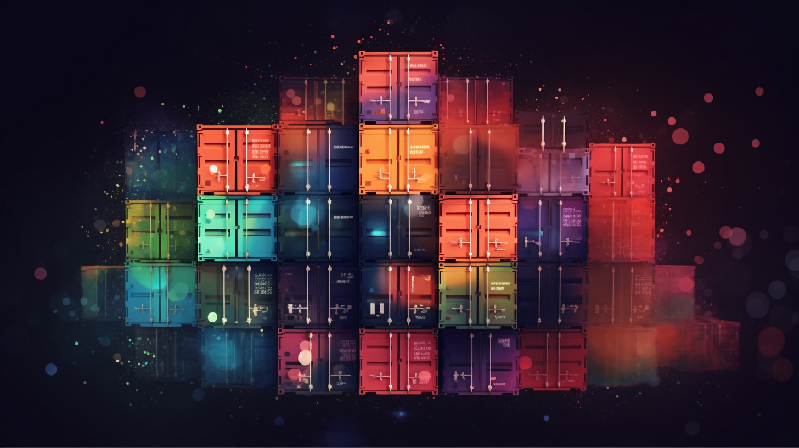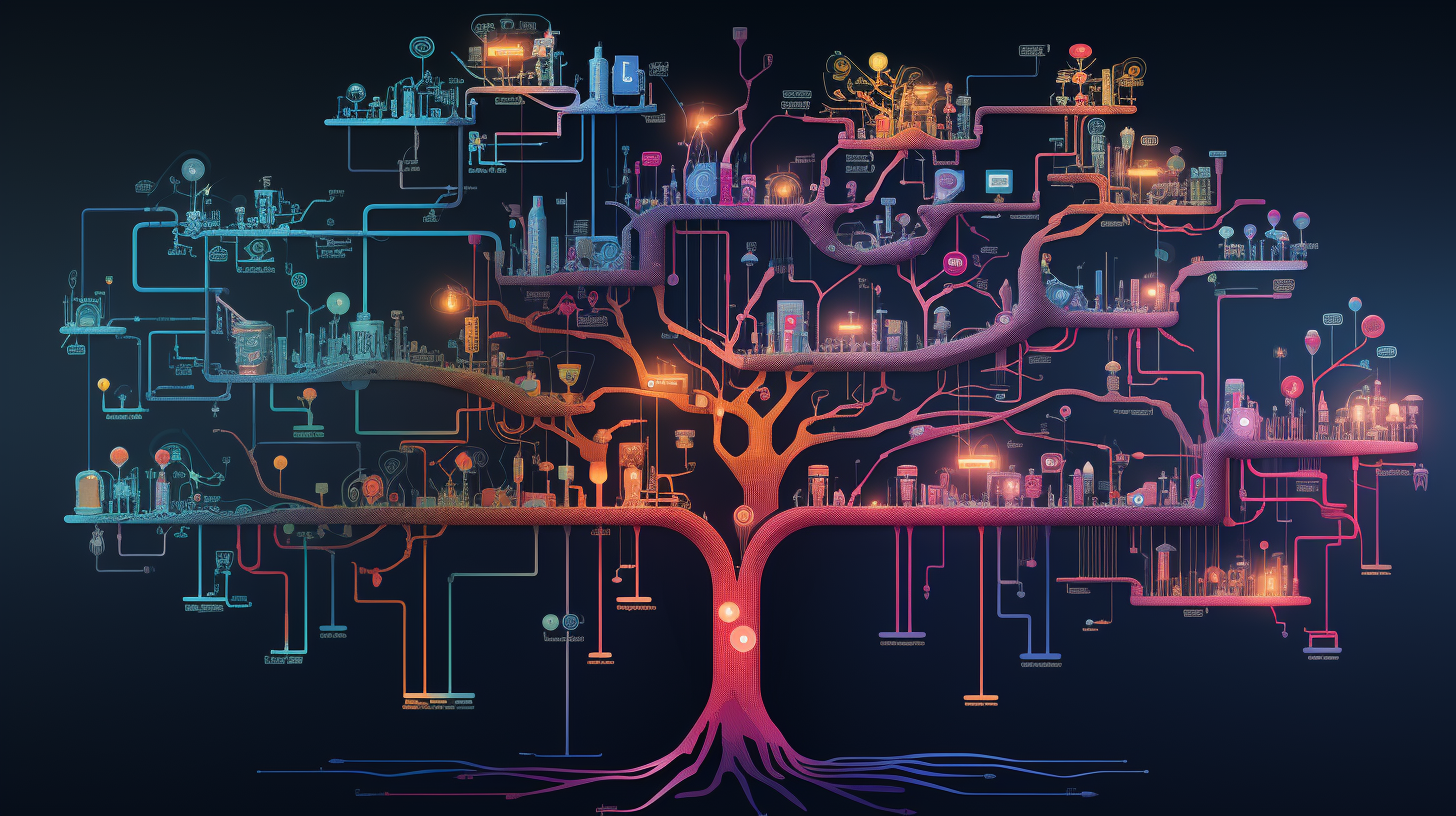The world of software development has been transformed with the advent of Docker and Kubernetes, two technologies that have revolutionized the way applications are deployed, tested, and managed. While both technologies are used for managing containers, they differ in their functionalities, applications, and use cases.
Docker
Docker is a containerization platform that simplifies the process of creating, distributing, and running software applications. Its self-contained environments package applications and their dependencies in a single package. Docker containers share the kernel of the host operating system, which makes it highly secure and efficient. It is flexible and can be used to deploy a wide range of applications, from microservices to monoliths.
Kubernetes
Kubernetes, on the other hand, is an open-source container orchestration platform that automates the deployment, scaling, and management of containerized applications. Developed by Google and now maintained by the Cloud Native Computing Foundation (CNCF), Kubernetes allows developers to deploy large-scale container applications across multiple hosts, which makes it easier to manage and scale applications. It offers advanced functionalities such as load balancing, auto-scaling, and automated rollouts and rollbacks.
Comparison
The key differences between Docker and Kubernetes are containerization vs orchestration, functionality, complexity, deployment scale, and community support. Choosing between them depends on specific needs and use case. Docker is suitable for small-scale container deployments, while Kubernetes is designed for large-scale deployments that span multiple clusters and regions.
It is worth noting that Docker and Kubernetes are not mutually exclusive technologies. Developers can use Docker to create and manage container images, and then use Kubernetes to deploy, scale, and manage them across multiple hosts and clusters.
While Docker and Kubernetes offer many benefits, it is important to be aware of their limitations, such as Docker’s containerization approach’s limitations on how applications run on containers or Kubernetes’s complexity, which adds extra overhead, making it unsuitable for small-scale deployment scenarios.
Real-world scenarios illustrate the practical applications and unique use cases of Docker and Kubernetes. For instance, Docker’s lightweight containers make it easier to manage several databases in your environment than traditional virtual machines. Kubernetes’s auto-scaling and self-healing capabilities ensure that mission-critical applications are always available, reliable, and responsive. Kubernetes’s container orchestration makes it easier to parallelize large-scale machine learning models across several machines.
Future developments and trends in these technologies include the integration of containerization and serverless architectures, the increased use of Artificial Intelligence (AI) in containerization and orchestration platforms, and the use of blockchain technology to create distributed and secure containerization solutions.
Conclusion
In conclusion, Docker and Kubernetes are two crucial technologies that play a vital role in modern software development. By understanding their key differences, developers can make informed decisions about which technology to use for their specific needs. Whether choosing Docker, Kubernetes, or a combination of both, developers can be sure of using a powerful platform that can help create and manage containerized applications with ease.



![Python Decorators Unleashed [eBook]](https://datasciencehorizons.com/wp-content/uploads/2023/10/python_decorators_unleashed_ebook_header-150x150.webp)







